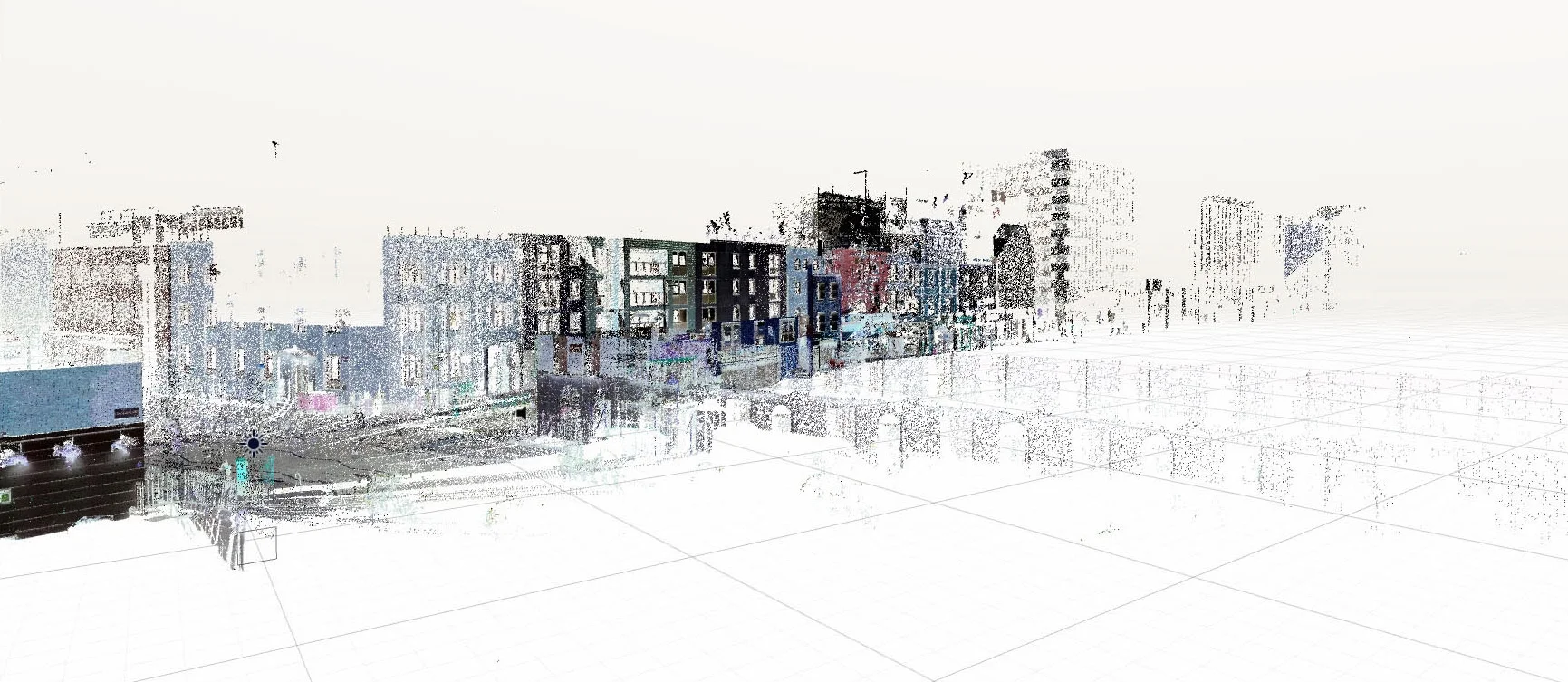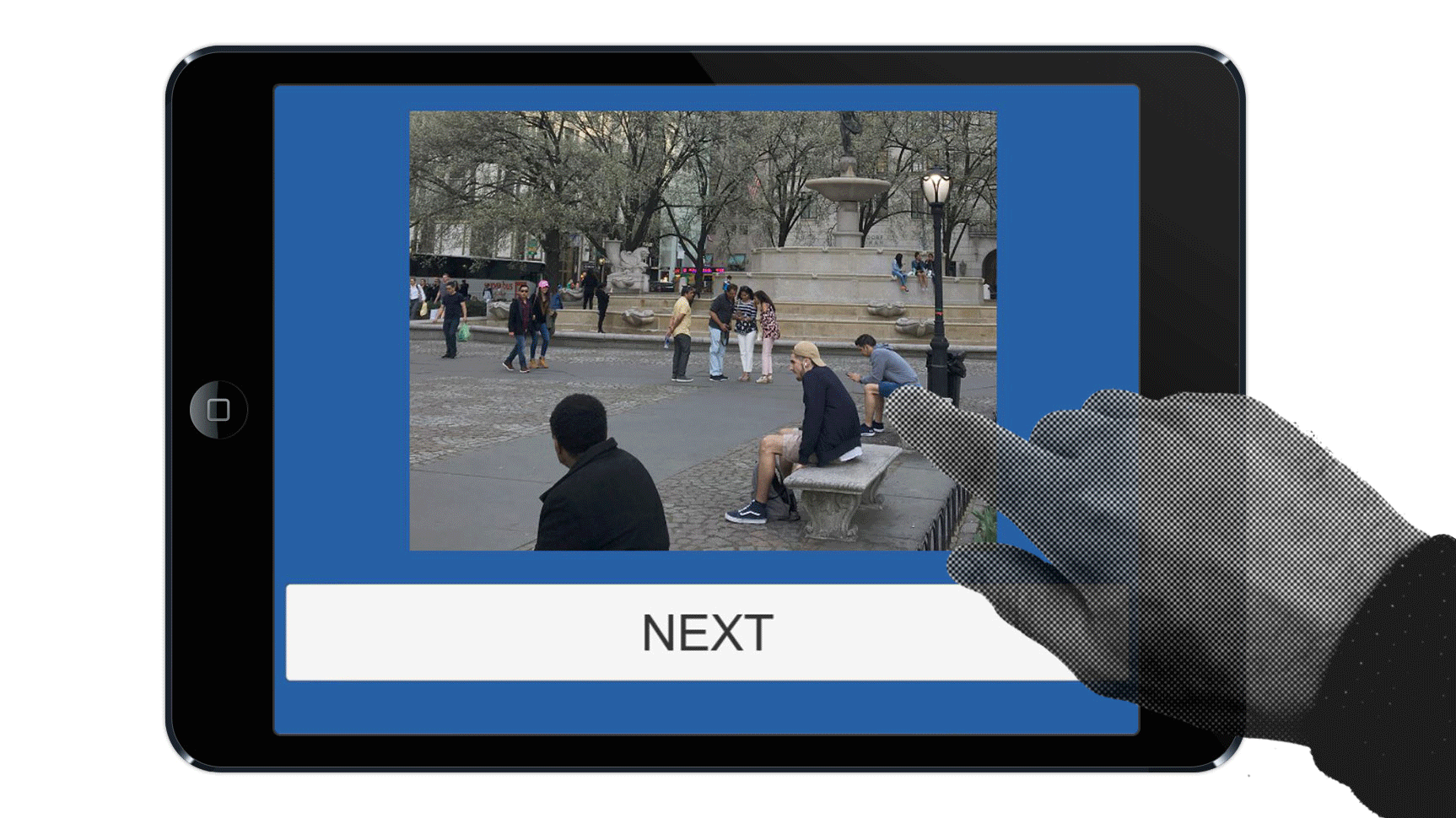THE PALIMPSEST
Changing cities with Virtual Reality
How can advances in virtual reality and 3D scanning improve participatory urban design?
Using the High Speed Rail 2 (HS2) project in the UK as a case study, the paper analyzes the need for more inclusive community engagement in urban development projects. Virtual reality is examined as a more inclusive medium for architectural representation, as research has shown that it is more readily comprehended by non-designers. Furthermore, the advent of low-cost virtual reality equipment like Google Cardboard and Project Tango have made it a viable technology for participatory design schemes. The paper uses a design research project based on the concept of a digital palimpsest as a tool to investigate how stakeholders in the HS2 project can communicate needs, solutions, and facilitate debate in a participatory design process. Our research suggests that virtual reality can become a tool for inclusive community engagement if the strategy is designed to be intuitive and accessible.









